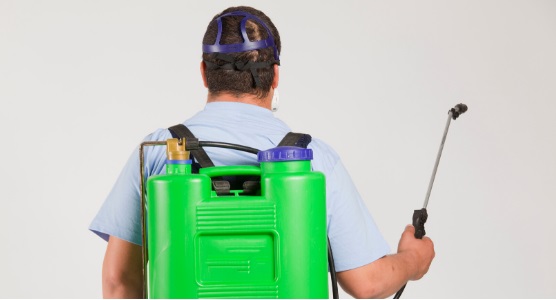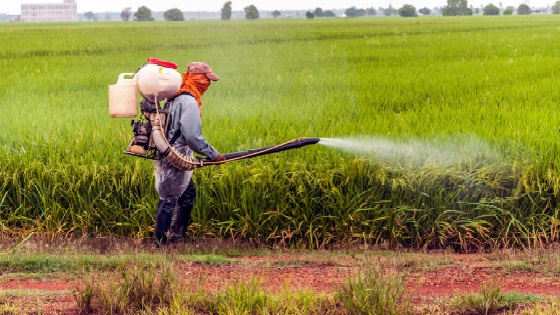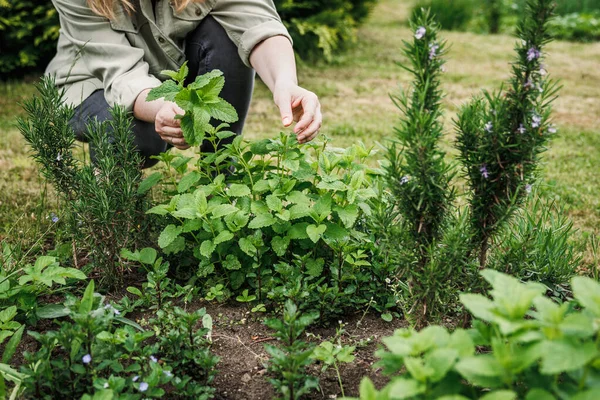Why do pesticides fail to work at times on your farm? Crop protection is necessary to get quality yields. Farmers use different means of pest control, including applying pesticides, integrated pest management (IPM) practices and biological pest control products to destroy pests.
Pesticide use is one of the most efficient. However, this may be costly if you cannot get desired results after application causing another treatment.
Some reasons why chemical pesticides arent working in your farm include; wrong pesticide use, dosage and application rate, adverse weather and pest resistance. These are further explored as follows, including how to correct each;
Wrong pesticide choice
This occurs when you apply wrong farm chemicals for the right diagnosed pest. Such a scenario is where you use pesticide to control insects. Another example is where you have the wrong diagnosis of the pest.
Always consult with an extension officer or agro-dealers for pest identification and pesticide advice. You can also download a mobile app to identify and get pest control product proposals. You can also join an online community where you enjoy support from peer farmers.
Maintain a vigilant practice of detecting and monitoring pest and disease invasions for right pesticide choice.
Wrong timing
Your pesticides may go to waste if you apply the pests either too early or late. Early application will target pest populations when they are not yet susceptible just for them to re-appear after treatment. An example is while you apply eggs with an insecticide. After some time the eggs hatch and destroy the crops. In late application, the pests cannot be affected as they are too many such as a built-up locust swarm.
You can overcome this challenge through a pest monitoring practice in your farm. You may also carry out experimentation to check on the drugs working on pests.
Poor water quality
Clean water is the basic carrier of pesticides. It’s used in mixing farm chemicals and applying the mixture to plant surfaces. However, accessing clean water is a challenge for most farmers and applicators. It forces them to use readily available water from rivers, wells or stagnant water from pools. This may be muddy, contain organic matter, toxic or contaminated.
If you use dirty water in diluting chemicals, it may change its composition lowering its efficacy or completely cancelling its features. The overall effect is that your pesticides cannot control pests.
How to correct water quality;
- If muddy water is the only source, collect and keep overnight in a bucket. Mud and solid matters will sediment (sink to the bottom) and use the clean water on top.
- If you suspect your water contains harmful pollutants and contaminants, conduct water testing to find out. You can outsource this to a service provider, or DIY cheaply at home. To do this, buy a cheap Water Quality Tester online. you can use this to measure your water’s characteristics (acidity, minerals, salts) in a given volume of water.
- After determining your water qualities, buy affordable water cleaning products, such as water purifier that will ensure you use clean water in your pesticide mixing.
Misapplication

Expressed as either over-application or under-application. In the former, a farmer applies too much of pesticide, while in the latter you don’t use enough of pesticide.
When you over apply your crops, you may damage them, increase the cost of production, hazard to applicator residues and the possibility of resistance. While you under treat your crops, you will spend extra money and time to re-spray as you continue to suffer damage from pests.
Misapplication arises from using an inappropriate pesticide pump (e.g. broadcasting pesticides using leaves), uncalibrated knapsack sprayer or using a wrong dosage of pesticides.
To correct on misapplication as a farmer you should;
- Use the right sprayer for applying insecticide, fungicide or herbicide. You can learn more about different knapsack sprayers, their uses and features here. There are also a variety of other sprayer types such as boom sprayers, pressurised sprayers you can compare and order today from leading brands online.
- Calibrate your knapsack sprayer to discharge right amount of pesticide per square metre a minute.
- Calculate the right dosage of pesticide needed to treat your crop area.
Having the right dosage and rate of application is very crucial to ensure your pesticide works correctly. We have discussed calibration and dosage as follows.
Poorly calibrated spray pumps
The essence of spraying pesticides is poison pests or the contact surface. Different chemicals are applied differently to wet, run, broadcast, spot treatment or barrier application. Each application type requires a specific spray pattern such as fine droplets, a fine mist or a circular one. To achieve this, you will need to follow provided instructions on the product label and calibrate your sprayer.
Calibration involves determining the sprayer’s rate of application or output under controlled conditions while you are working at a normal pace. Calibrate your sprayer, when using it for the first time, the start of a spraying season, after replacing a nozzle or to confirm if it’s working well.
To calibrate your knapsack sprayer you need clean water, a measuring cup, a timer and measuring tape. Follow these steps to determine water volume and land area covered in one minute. Divide the water volume by area to get the amount of water ejected by that nozzle to cover a square metre at a determined working pace and pumping speed.
For instance, if you took one minute to spray 1000 ml of water in an area of 5 by 2 metres working normally. You will determine the rate of application by dividing 1000 ml by 10 square metres. This means your nozzle uses 100 ml of water to cover one square metre at normal working and pumping speed.
Wrong Dosage/mixing
We associate poor dosage with either an under-dose or an over-dose. In underdose, you are using a very dilute mixture to kill pests. Over-application means you are using excess chemicals that may lead to crop damage or excess residues on products.
Right mixing of farm chemicals with water helps a farmer to achieve the correct measures of an application by determining the following?
- How much of pesticide you need to fill your knapsack sprayer.
- How much pesticide you need in total to treat your total area.
- How many litres of water do you need to cover your field?
- How many times you need to fill the knapsack sprayer
To determine the pesticide dosage, have the following information in advance. A calibrated sprayer’s rate of application, the area to treat with the pesticide in square metres and the recommended dosage and mixing instructions as specified on the pesticide label.
Unfavourable weather
Weather directly affect how applied to farm chemicals work on your crops. This is because of spray drift, evaporation and dilution. To minimize those effects, we propose the following;
Do not apply pesticides when it is very windy to avoid spray drift; this deflects spray from intended surfaces to settle on unintended surfaces rendering your work ineffective. Use the nozzle to get the right droplet size.
To avoid fast evaporation, do not spray chemicals during a hot day. Most farmers opt for a very early or late evening time of the day when temperatures have cooled down.
To ensure that rains do not wash chemicals immediately after application, do not spray when you participate it will rain.
Counterfeit /fake pesticide
This is where you are using an expired, illegal or fake chemical product.
Do not buy or use expired pesticides to protect your crops. Past expiry date, the pesticides’ active ingredients are not as deadly as valid products, hence their efficacy is low. Farmers access counterfeit pesticides as either generic or adulterated products. To adulterate pesticides, traders repackage them in unapproved packages. Their labels and active ingredients differ from those of genuine products. Illegal products are unregistered in the country, though they have good quality and approved in neighbouring countries.
The reason why farmers prefer these products is that they are relatively cheaper than genuine products.
To avoid using substandard products, it’s advisable to buy from a certified and an accredited supplier. Read the product label to check on their registration, confirm its active ingredients and check on the expiry date.
Resistant pests
This is where some pests have an inherited ability to tolerate the lethal effects of the active ingredients in your farm chemicals. After application, the resistant pests are unaffected by the pesticide and they live to produce the next generation. When you repeat this over time, the population of resistant pests is high to an extent they unaffected by the pesticide any more. You either have to use a higher dosage or apply frequently to control the resistant pests.
To limit pesticide-resistant on your farm, follow IPM practises, observe the right dosage apply pesticides effectively and only apply chemicals when necessary. It is also advisable to use pesticides from different chemical groups during the season.


This is very educative for crop protection.